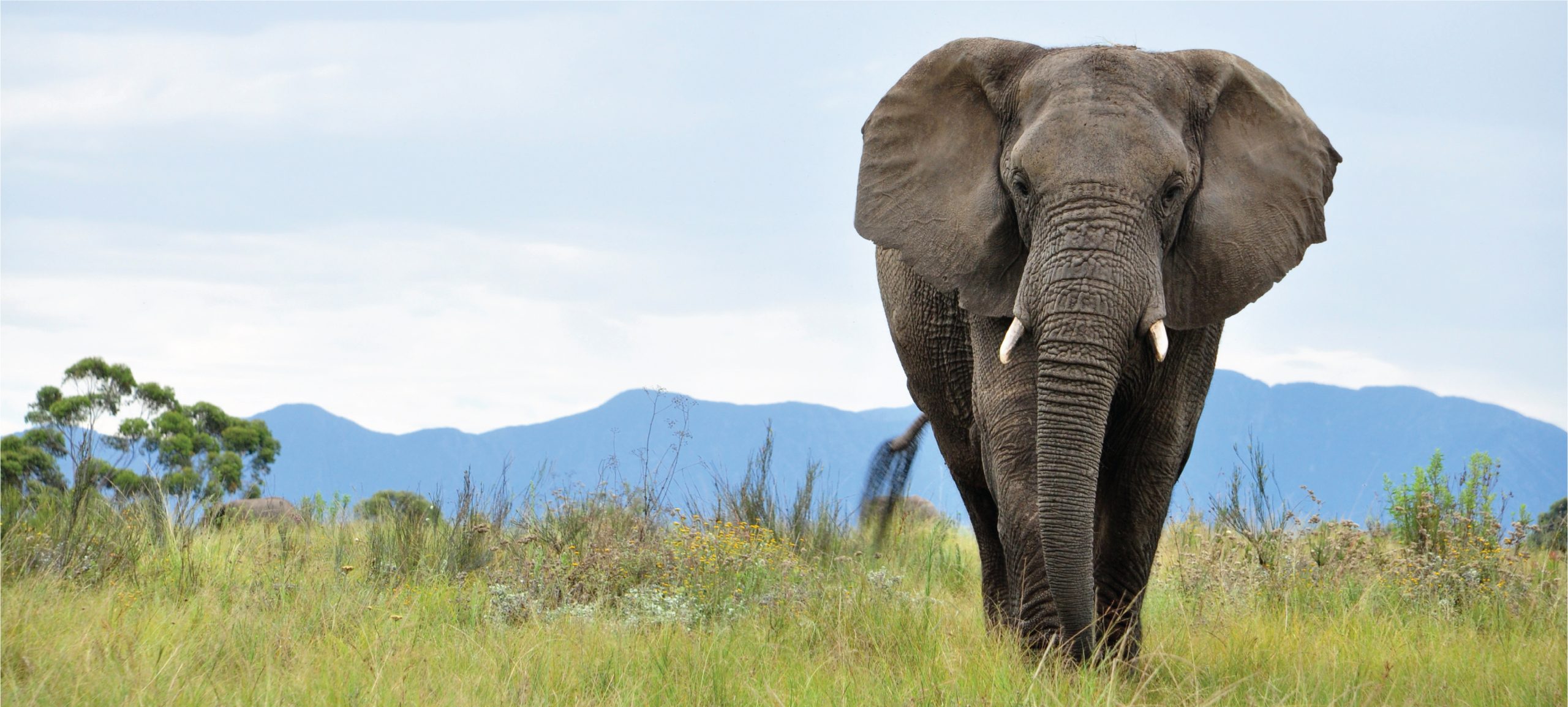-

Congo Rope Squirrel
Explore the fascinating world of the **Congo Rope Squirrel**, a medium-sized rodent thriving in the lush rainforests of Central Africa. With their unique rope-like tails and playful behavior, these squirrels are essential for seed dispersal, aiding in forest regeneration. Due to threats like deforestation and poaching, conservation efforts are critical to protect this vulnerable species…
-

Du Chaillu’s Rope Squirrel
Discover the fascinating world of Du Chaillu’s Rope Squirrel, a vibrant inhabitant of Central Africa’s rainforests. With its unique coloration, agile movements, and role as a vital seed disperser, this species faces challenges from habitat loss and deforestation, making conservation efforts essential for its survival. Explore its behavior, diet, and ecological significance in this detailed…
-

Lady Burton’s Rope Squirrel
Discover the enchanting world of Lady Burton’s Rope Squirrel, a medium-sized rodent native to the tropical rainforests of Central Africa. With their acrobatic skills, unique gliding ability, and vital role in seed dispersal, these vulnerable creatures face challenges from habitat loss and deforestation. Learn more about their behavior, diet, and conservation efforts to protect this…
-

Ribboned Rope Squirrel
Discover the fascinating world of the Ribboned Rope Squirrel, a vibrant species native to Southeast Asia’s tropical forests. Renowned for its agile movements and distinctive striped fur, this diurnal creature plays a crucial role in its ecosystem through seed dispersal and as a prey species. Learn about its habitat, diet, and conservation challenges in our…
-

Red-cheeked Rope Squirrel
Discover the fascinating world of the **Red-cheeked Rope Squirrel**, a unique rodent native to the tropical rainforests and savannahs of West and Central Africa. Learn about its striking physical features, social behavior, vital role in seed dispersal, and the conservation challenges it faces. Dive into the blog post to explore how this agile creature contributes…
-

Thomas’s Rope Squirrel
Discover the fascinating Thomas’s Rope Squirrel, a unique rodent native to the tropical rainforests of Central Africa. With its agile climbing abilities, distinctive coloration, and crucial role in seed dispersal, this species faces challenges from habitat loss and deforestation. Learn about their behavior, diet, and conservation status in our in-depth exploration of this vulnerable creature.
-

Lunda Rope Squirrel
Discover the fascinating Lunda Rope Squirrel, a medium-sized rodent native to the lush forests of Central Africa. With its playful behavior, distinctive long tail, and role as a key seed disperser, this vulnerable species not only thrives in its rich habitat but also plays a critical part in maintaining forest biodiversity. Learn about its unique…
-

Carruther’s Mountain Squirrel
Discover the intriguing Carruther’s Mountain Squirrel, a medium-sized rodent native to the high-altitude grasslands of the Andes in South America. With their unique adaptations for survival in rocky terrains, these diurnal creatures exhibit fascinating social behaviors and play a crucial role in their ecosystem through seed dispersal. Unfortunately, habitat loss is putting this vulnerable species…
-

Round-tailed Ground Squirrel
Discover the fascinating world of the Round-tailed Ground Squirrel (Spermodon dignatus), a compact rodent native to the arid southwestern United States. Known for their social behavior and unique burrowing patterns, these vulnerable squirrels play a crucial role in their ecosystem as foragers and prey. Learn about their habitat, diet, reproduction, and the efforts being made…
-

African Palm Squirrel
Discover the fascinating world of the African Palm Squirrel (*Gracilimus griseus*), a vibrant and adaptable species thriving across sub-Saharan Africa. From its playful antics and social behavior to its vital role in ecosystem health through seed dispersal, this little mammal is a remarkable example of wildlife resilience amid habitat challenges. Explore its unique characteristics, diet,…
Search
Popular Posts
-
Lygosoma corpulentum
Discover the Lygosoma corpulentum, or fat skink, a robust insectivorous lizard native to Southeast Asia’s moist tropical rainforests and varying habitats. With a stocky body, impressive camouflage, and remarkable adaptability, this ovoviviparous species plays a crucial role in maintaining ecological balance.
-
Lygosoma boehmei
Lygosoma boehmei is a slender, nocturnal insectivore found in humid tropical rainforests and savannas of Southeast Asia, exhibiting a smooth, camouflaging texture and remarkable burrowing abilities. This vulnerable species plays a crucial role in its ecosystem by controlling insect populations and serving as prey for larger predators.
-
Lygosoma bampfyldei
Lygosoma bampfyldei, commonly found in tropical and subtropical regions, is a moderately sized lizard measuring 15 to 25 cm, known for its elongated body and glossy, camouflage coloration. This insectivorous species thrives in moist habitats and plays a vital role in maintaining ecological balance by controlling insect populations.
Categories
Tags
animal adaptations (924) animal behavior (5000) animal reproduction (865) behavior (920) biodiversity (7853) conservation (1670) conservation efforts (1778) conservation status (5748) diet (2104) ecological balance (2087) ecological role (1952) ecosystem (1469) ecosystem role (2901) endangered species (2514) habitat (3280) habitat conservation (1136) Habitat Destruction (1421) habitat loss (3385) herpetology (870) insectivorous reptiles (948) IUCN Red List (1971) lizard behavior (881) lizard diet (944) lizard reproduction (1101) nocturnal animals (2754) nocturnal behavior (2592) nocturnal reptiles (1061) physical characteristics (2058) predator-prey relationships (927) reproduction (2890) reptile behavior (1037) reptile conservation (1348) reptile reproduction (1069) rodent species (1325) seed dispersal (2145) Seed Disperser (979) small mammals (1168) snake behavior (952) snake diet (1061) snake reproduction (1129) tropical forests (948) Vulnerable Species (4926) wildlife (2511) wildlife conservation (5355) wildlife protection (1008)



